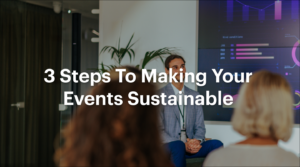
3 Steps To Making Your Events Sustainable
Download One Tribe’s ‘Sustainability Checklist’ and learn how to make your events
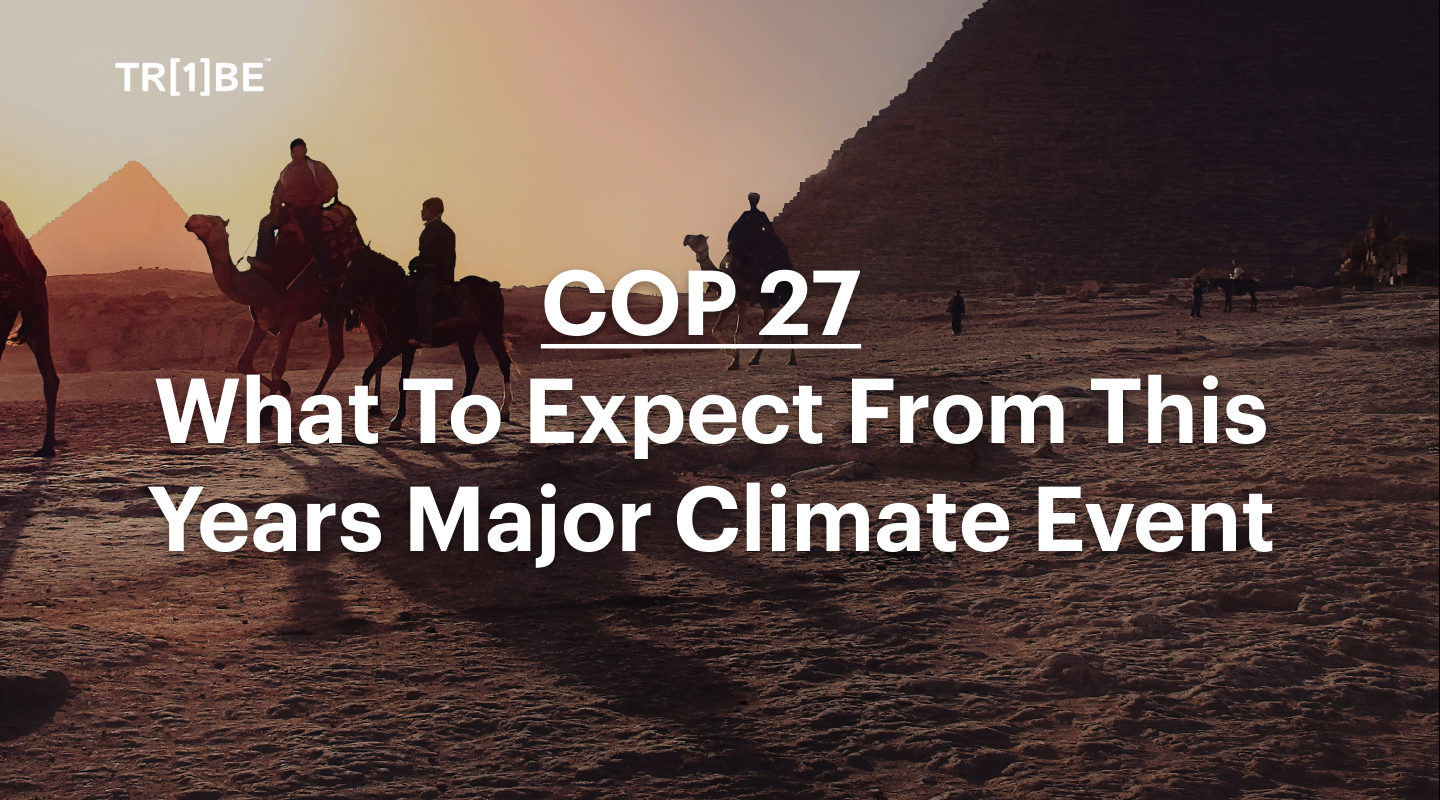
The most notable climate change event of the year is upon us again. COP27 will see world leaders meet to discuss the latest environmental concerns and climate policies. Here’s everything you need to know.
COP, aka the Conference of the Parties is one of the most influential climate change events of the year. It is the one chance for leaders across the world to meet and focus solely on environmental and social issues that are causing the global climate crisis.
For those that have been following COP since 1992, you know all too well that the event has been a major infiltrator of some of the most radical climate change movements in history.
This year’s COP27 is being hosted in Egypt’s Sharm El Sheikh, and will be primarily focusing on the issues of climate finance, energy, and decarbonisation.
Here’s everything you need to know.
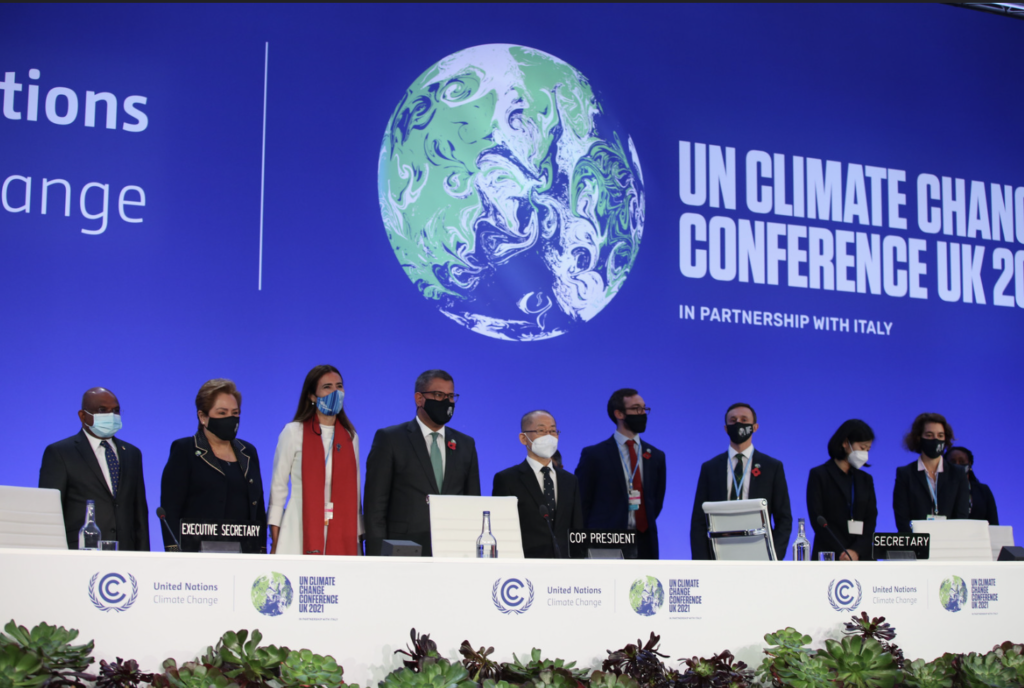
COP26’s most impactful outcome of 2021 was undoubtedly the Glasgow Climate Impact detailing the commitment to “phase out” coal and end “inefficient” fossil fuel subsidies.
Uproar entailed shortly after coal-dependent developing nations including China and India rejected the “phase out” clause which was then swiftly amended to ask countries to “phase down” their coal use. The watered down amendments left many countries disappointed by the final text.
China was at the forefront of criticisms being the largest polluting country in the world just ahead of the US. The country’s resilience to making an effort with climate change initiatives meant that the resolve was a mutual partnership between China and the US to establish the “Working Group on Enhancing Climate Action” which would meet regularly to address and improve key climate issues surrounding methane, forestry, clean energy, and other relevant concerns.
Unfortunately, the treaty was suspended in 2022 after escalating tensions between the US and China made it impossible for the two countries to effectively tackle climate issues. COP27 is hopeful to see the two countries reconcile as a matter of emergency and continue to address emissions issues.
Other pledges included commitments to slash methane emissions, stop deforestation and end financing for overseas fossil fuels.
Meanwhile, climate scientists continued to express the urgency for everyone to take immediate climate action. The IPCC (Intergovernmental Panel on Climate Change) published reports early in 2022 warning that without “immediate” emissions reductions across all sectors, it will be impossible to constrain average global temperature rise to 1.5C above pre-industrial levels.
The focus on emissions reductions has never been more important and is a key theme for this year’s COP27. With new research giving clarity on the impact emissions are having on rising global temperatures.
Just last week it was announced that the UK’s newest prime minister Rishi Sunak would not be attending COP27 on behalf of the United Kingdom. The decision caused a major uproar amongst many supporters and attendees, deeming the choice as a shocking “failure of leadership” and looked as if the UK was “washing their hands of responsibility”.
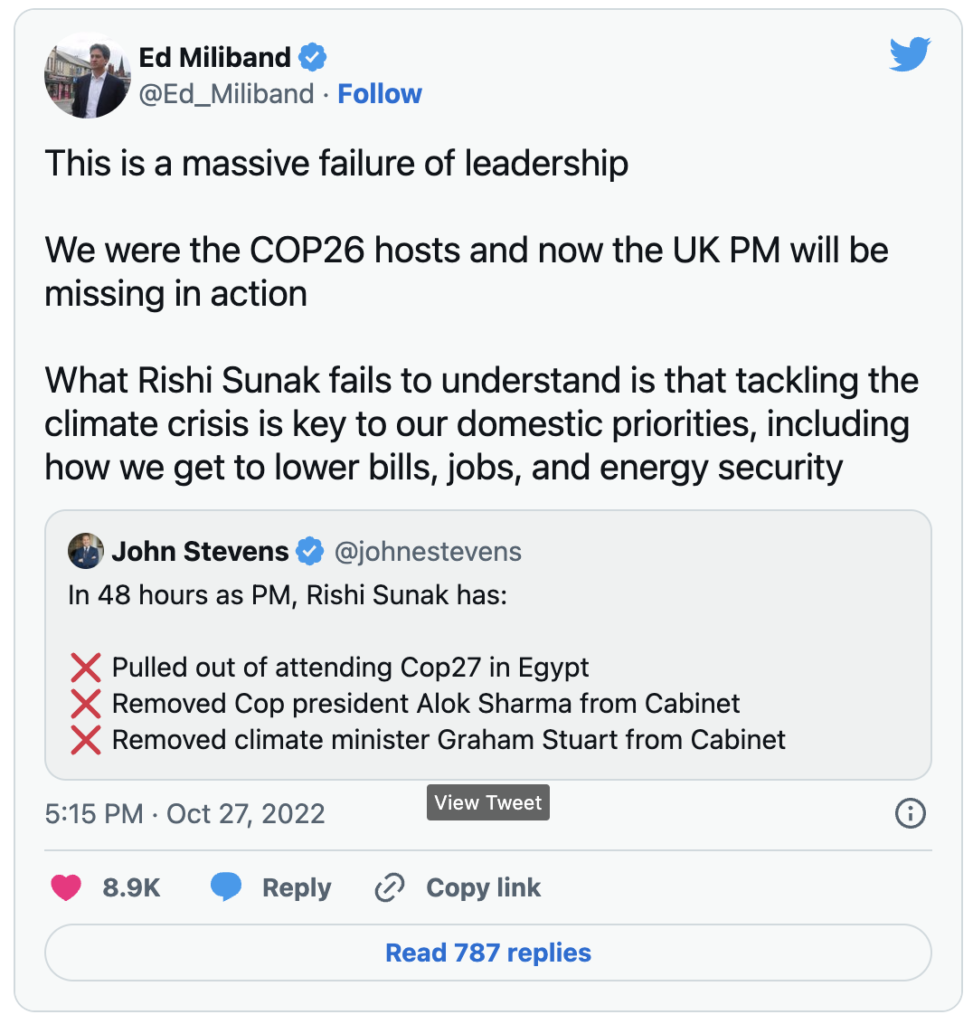
However, as of this week (November 2nd) Sunak’s decision saw a swift U-turn after the prime minister took to Twitter to say: “There is no long-term prosperity without action on climate change. There is no energy security without investing in renewables. That is why I will attend Cop27 next week: to deliver on Glasgow’s legacy of building a secure and sustainable future.”
Former energy minister Chris Skidmore added: “It’s extremely good news that Rishi Sunak will continue to champion the UK’s climate leadership and Cop26 legacy with Alok Sharma.
“I look forward to also attending Cop27 to highlight how the net zero review is an opportunity to better deliver greater prosperity and economic growth.”
Whether UK leaders will or won’t attend COP27 is still up in the air, but the need for the UK to attend remains critical to this year’s event.
Despite not having a choice, Egypt hosting COP27 has become a topic of controversy since the first day it was selected. Egypt’s poor record of human rights has seen widespread dissent on whether Egypt are the right country to represent such a critical environmental and social conference. Last year Amnesty International ranked Egypt as the third worst country by number of executions. It’s for this reason that many climate justice campaigners, including author Naomi Klein, are calling COP27 the “Carceral Climate Summit”.
“We are deeply concerned that [a successful conference] will not be possible due to the repressive actions of the Egyptian government,” other signatories wrote.
Hopes that the event will shed new light on climate topics will act as the driving force to possible successful outcomes.
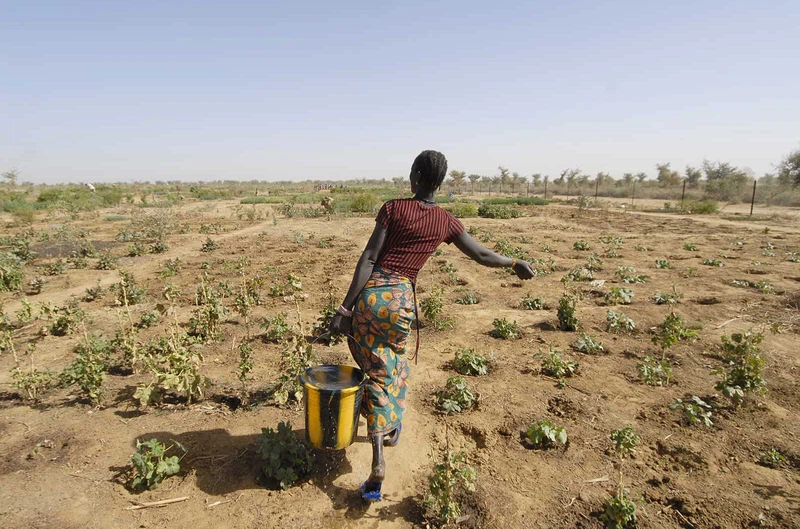
Although Africa’s Morocco, Kenya, and South Africa have all hosted COP in the past, the issue remains that many underdeveloped regions of Africa are still bearing the brunt of the climate crisis. As a whole Africa contributes just 3.8% of global GHG emissions yet many of the continent’s countries are at the frontline of climate change dealing with the worst of the crisis.
Frequent and intense storms, floods, landslides, fires and drought have made it a necessity that COP27 leaders focus more on adaptation efforts to protect countries that are the most vulnerable to the impacts of climate change.
Climate-driven disasters disproportionately harm low- and middle-income countries that contributed far fewer of the greenhouse gas emissions that cause climate change. The UN has proposed that wealthier countries should pay “loss and damage” funds to compensate developing countries for the harm they have suffered and to finance new adaptation efforts.
In 2009, developed countries agreed to pledge the US$ 100 billion per year by 2020 to help developing countries finance climate solutions deemed unaffordable. It was a huge topic at COP26 after the bid had failed to be fulfilled in 2020 and permitted an extension to meet targets for 2023 instead. Not meeting the target going forward will affect the chances of success that developing nations have to beat the climate crisis and meet climate targets.
“They are being asked to cut their own future emissions while suffering the effects of climate change which they are not responsible for.”
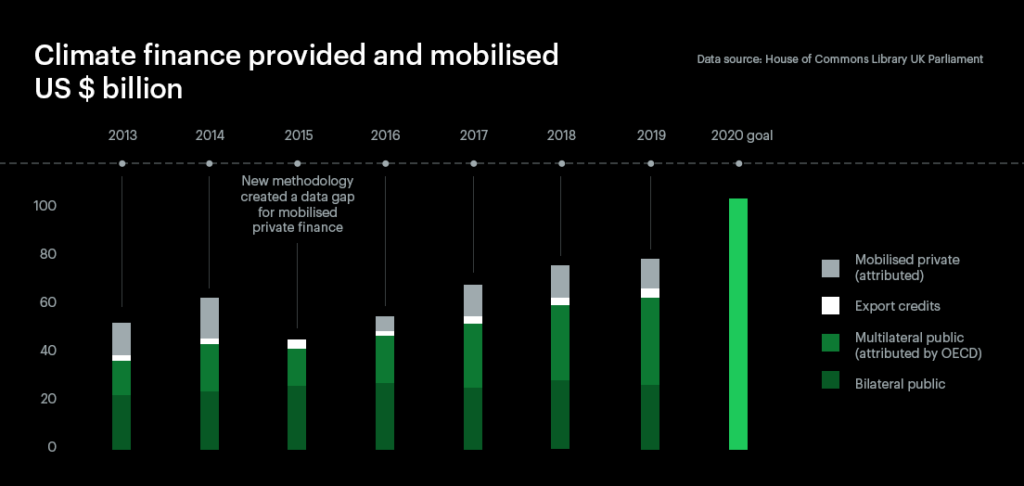
Developing countries are also getting further into debt as they are forced to spend large amounts of money on dealing with the impacts of climate change, such as floods and other extreme weather causing loss and damage.
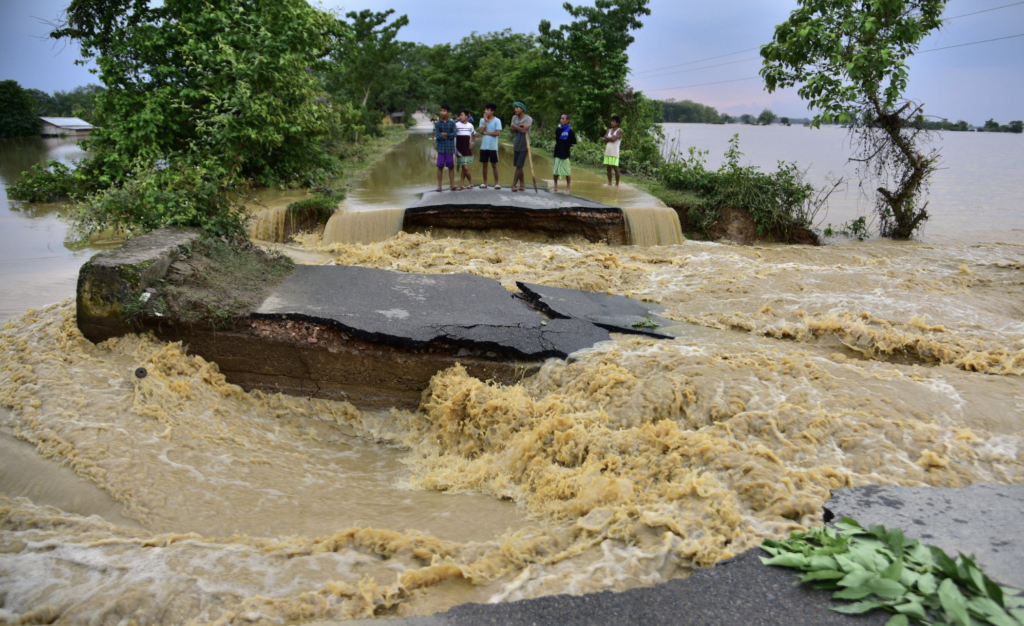
Historically, the outcome of COP events source supportive funding for target areas affected by climate change. Financing is required to help fund the build of climate technologies, renewable energy systems, and other important climate solutions.
Talks on climate finance could go one of two ways at COP27. Funding has already been made trickier with the energy and inflation crises hitting many countries. The presidency has also acknowledged this in its five targets, stating that delivering climate finance to developing countries “needs a new mindset, updated strategies and policies, especially on the backdrop of current financial crises, debt challenges and increasing interest rates”.
Concerns that not enough progress is being made year-by-year has called for climate scientists to conduct more research into the most effective methods of reducing climate impact fast. Most notably, renewables and natural climate solutions that can mitigate over 50% of national emissions; this includes forests, oceans, and soil (land).
Natural habitats can absorb and store vast amounts of carbon. By protecting, restoring, and managing landscapes and wetlands, we could reduce a third of the emissions we need to cut in order to limit global warming and keep the climate in safe boundaries.
Nature is also a powerful ally in our adaptation efforts. Habitats like coral reefs, mangroves, and wetlands greatly reduce the force of storms, floods and erosion, helping to protect coastal communities. Additionally, making space for nature within cities can reduce dangerous heat waves and soak up flood waters. And investing in nature leads to cleaner air and water, healthier soils on our agricultural lands, and many other benefits for people and wildlife.
Despite the research, nature-based solutions receive less than 10% percent of all climate funding. It will be critical that at COP27 the forefront of negotiations will include government and business leaders to advocate for natural climate solutions and put plans and strategies in action.
COP provides the time and space for world leaders to take stock of the latest climate science and enact change which can only be achieved collaboratively.
More often than not, the conferences are a catalogue of failures. However, the event is incredibly important. Not only does it serve as an impending reminder to take action, but it also forces world leaders to evaluate and act on climate issues that continue to affect the globe.
We will be keeping up to date with the events of COP27 throughout the week of 6-18th November

Download One Tribe’s ‘Sustainability Checklist’ and learn how to make your events

As the world continues to grapple with the implications of climate change,

Together One Tribe and Mash Media have joined forces to launch the

Check out One Tribe’s latest QR Code Technology. This latest feature will

Check out One Tribe’s latest product feature: The Tree Booster. This latest

Michael Fallquist is an entrepreneur and businessperson who has been at the
COP 27, what to expect from COP 27, what is the most important climate event?, when does COP 27 start?, what is the Conference of the Parties?, what is COP 27?, what do they do at COP 27?, what is COP 27 about?, where do they talk about the environmental and social problems that are causing the global climate crisis?, in what year did COP start?, Sharm El Sheikh, Egypt, where will COP 27 take place?, climate finance, energy, decarbonisation, what is climate finance?, what is decarbonisation?, how does COP 27 happen?, how countries gradually reduce their use of carbon?, how countries reduce their use of carbon?, how countries reduce their use of greenhouse gas emissions?, what are they doing at COP 27? , COP 26, which country is the biggest polluter?, china the biggest polluter, how to reduce methane emissions? alternatives to stop deforestation, how to end fossil fuel finance?, what is IPCC?, how to avoid 1.5°C?, what impact are emissions having on rising global temperatures, what impact are emissions having on rising global temperatures?, Rishi Sunak will attend COP27, which regions are suffering most from the climate crisis?, regions that suffer most from the climate crisis
One Tribe is a Climate Action Platform enabling businesses and their customers to make a positive environmental impact.
Eric currently works as an independent consultant at the intersection of nature and climate, focused on catalysing market and non-market solutions to drive the just transition.
He previously was Head of Product at Earthshot Labs, supporting nature conservation and restoration projects across the global south secure project finance. Prior to Earthshot Labs, Eric led nature-based carbon project development for Gorongosa National Park in Mozambique and founded the Carbon Cooperative, a global alliance of leading nature conservation and restoration practitioners exploring carbon finance. After serving in the Peace Corps in Mozambique out of university, he spent much of his 20s working in community-based conservation and ecosystem restoration efforts in Sub-Saharan Africa interspersed with two startup ventures as co-founder and CEO of a mental health tech startup and COO of a sustainable coffee company. Eric has a dual Masters in Environmental Engineering and Environmental Policy from Stanford University where he was a NSF Graduate Research Fellow and a BS in Environmental Engineering from Tufts University.
Alan is a risk management thought-leader, superconnector, and FinTech pioneer. His mission is to enable an Earth Positive economy which includes nature in global accounting systems.
Alan is Founder of Generation Blue, a venture studio dedicated to planetary game changers powered by exponential technologies. Previously, Alan established Natural Capital Markets at Lykke AG, pioneering blockchain based forestry and carbon backed tokens. Alan has over two decades of risk management experience advising global financial institutions, and was a founding member of the RiskMetrics Group, a JPMorgan spin-off. Alan is an investor and advisor to regenerative impact ventures, including TreeBuddy.Earth, Regenativ, and Vlinder Climate.
Lori Whitecalf made history when she became the first woman to be elected Chief of Sweetgrass First Nation in 2011. She served three terms of office from 2011-2017.
Lori took a two-year hiatus from leadership to expand the family ranch and serve as the FSIN Senior Industry Liaison. She was re-elected on November 29. 2019 and again on November 30, 2021, as Chief of Sweetgrass. Chief Whitecalf practises a traditional lifestyle of hunting, fishing and gathering. She currently sits on the following boards: Saskatchewan Indian Institute of Technology, FSIN Lands and Resource Commission, Battle River Treaty 6 Health Centre and Battleford Agency Tribal Chiefs Executive Council, FSIN Women’s Commission.
Tina is the Chief Business Officer for MLTC Industrial Investments, the Economic Development arm of the Meadow Lake Tribal Council. She has a diverse background of experience. Having spent 15 years as a municipal Chief Operating Officer, 20 years involved in Saskatchewan’s Health Authority Board Keewatin Yatthe and 9 years with Northern Lights Board of Education.
She continues as a Board Member with Beaver River Community Futures supporting small business development in her home region. Tina brings a wealth of experience in a variety of fields and many connections to the Indigenous communities of Northern Saskatchewan. In addition Tina holds a BA Advanced from the U of S, a Certificate in Local Government Authority from the U of R and is certified as a Professional Economic Developer for Saskatchewan and a certified Technician Aboriginal Economic Developer (TAED).
Tootoosis’ career spans 40+ years in HRM, political leadership, and Indigenous economic development, as a dedicated bridge builder and advocate for Indigenous causes.
As a key member of the Saskatoon Regional Economic Development Authority (SREDA) team since 2021, he develops strategies for the Truth and Reconciliation Commission final report and Call to Action #92.
He is a graduate of the First Nations University of Canada and a certified Professional Aboriginal Economic Developer. Spearheading various community initiatives while serving as a Chair of the SIEDN while directing ILDII and WIBF. Founder of MGT Consulting Tootoosis is based in Saskatoon, Treaty Six Territory.
Cy Standing (Wakanya Najin in Dakota) has a long and distinguished career including serving overseas as an Electronics Technician in the Royal Canadian Air Force, former Chief of Wahpeton Dakota Nation, former Vice Chief of the Federation of Saskatchewan Indigenous Nations (FSIN), past Executive Director of Community Development Branch of the Department of Northern Saskatchewan as well as an Order in Council appointment to the Federal Parole Board.
Mr. Standing has served as a Director on many Profit and Non-Profit Corporate Boards, including serving as a Director for Affinity Credit Union with assets of over six billion dollars as well as IMI Brokerage and Wanuskewin and is currently a member of the One Tribe Indigenous Carbon Board.